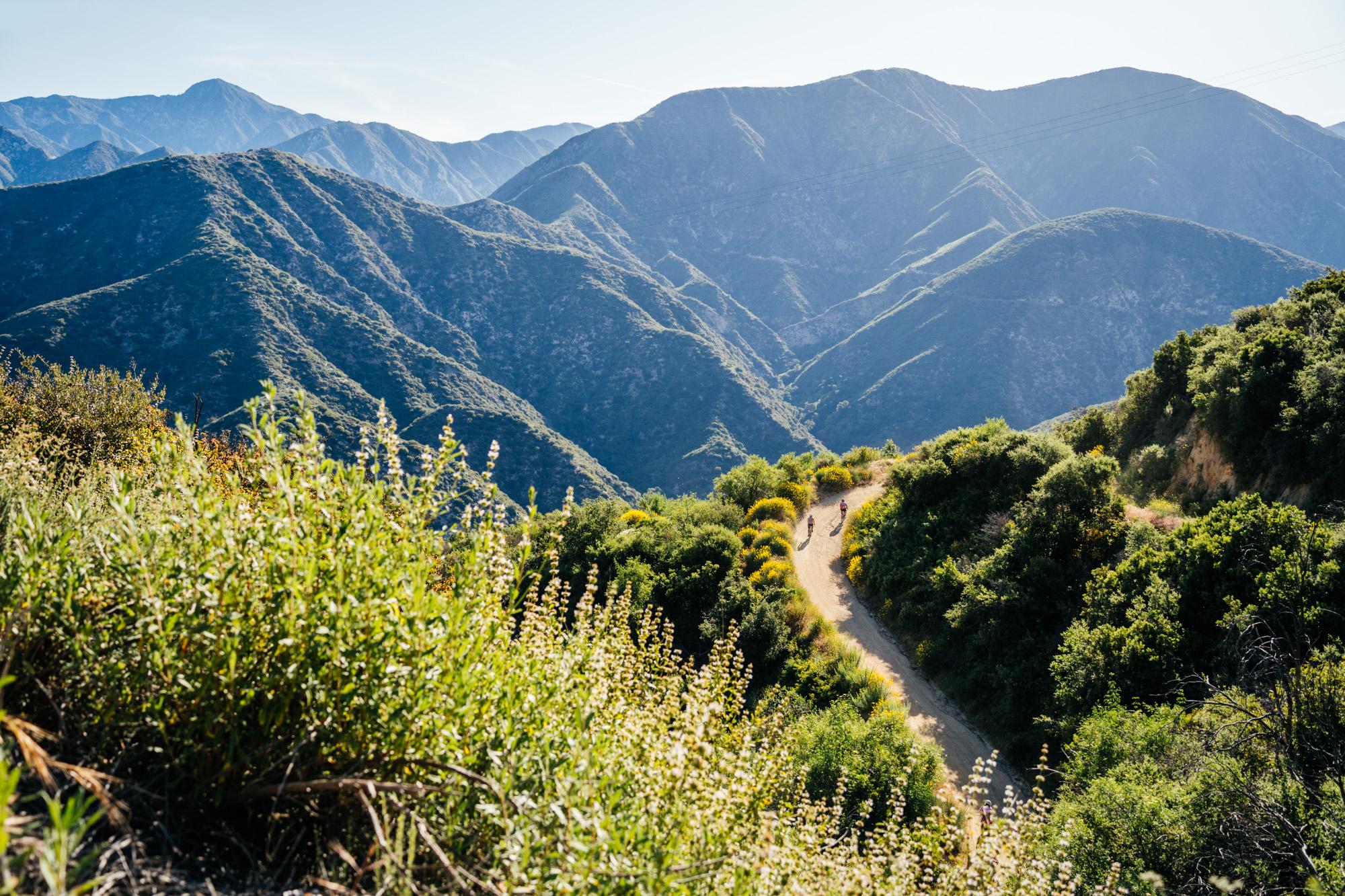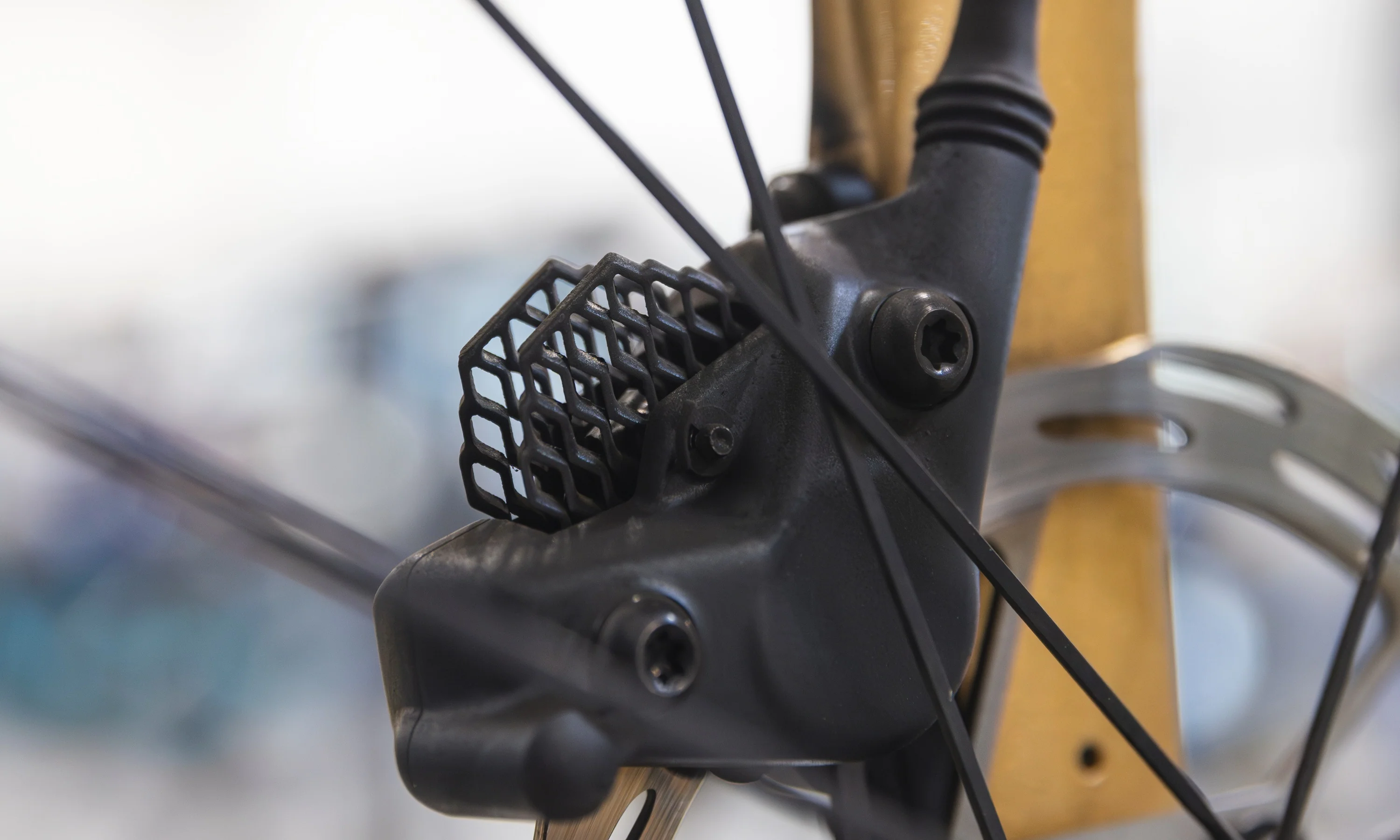Illustration by: Robert Beatty
It’s going to be hot this summer. Here’s how to enjoy it on your bicycle.
Spoiler: You’re going to want to drink water
Don’t know if you’ve heard, but the planet is heating up. So, this article should help you plan, not just for this summer, but for centuries to come. Pass it on to your children on vellum so that they might read it from their ever-toastier future and enjoy their bike riding more. I mean, if we really screw up badly enough, maybe infrastructure will break down to the point where cars are no longer viable, and bikes are the primary mode of transportation. A modest silver lining, perhaps? What am I talking about here?
Oh yeah, here’s your guide on how to “beat the heat” (I promised myself I wasn’t gonna say that, but I also promised myself that I was going to stop drinking three beers after every ride and … I didn’t).
A lot of this is common sense; you’ll probably have heard most of these tips before. But a refresher is always good, and we’re going to try to dive a little bit deeper into the physiology and the why behind these tips.
[button]SHOP ALL BIKES[/button]
Why is it bad to be hot?
There’s not a ton of wiggle room for temperature fluctuation in the human body. Many of the proteins in our cells can only operate within a +/- 10 degrees Fahrenheit. (All temps are in Fahrenheit from here on out, but I don’t want to keep writing it because it’s hard to spell.) That’s why a fever of 105+ is dangerous: When temps get too high, proteins unravel (denature in the parlance of scientists) and lose their ability to bind their targets.
Proteins are made up of long strings of amino acids. That string then folds up on itself into a complex molecular wad. Imagine taking a piece of sewing thread and rubbing it into a ball between your palms. The surface topology of that ball determines what the protein sticks to and thus its function. But in the body, the bonds that hold that protein ball together are fairly weak, and raising the temp — even just a few degrees — can be enough to alter the molecule’s shape and royally screw up its function. And while a variety of new research suggests that average human body temperature is actually on the decline, the thermostability of our proteins is fixed. You still don’t want to go above 105.
Albumin is the main protein component of blood plasma. It denatures at around 131 degrees. You’ll already be dead by this point, but it's a fun piece of trivia perhaps.
[newsletter]
Fortunately, our bodies are equipped with a whole slew of strategies to cool us down. Later on, my practical advice basically enables the body to do its job or it augments these natural cooling processes.
Two main cooling processes we’re trying to boost:
1. Increasing skin blood flow: This works great when it’s cold. Capillaries dilate, blood goes out the skin, gets cooled by the air, and returns to the body. Like a heat sink on your computer. But unfortunately, when the air temp is warmer than your body temp, this strategy doesn’t really work anymore.
2. Sweating: 500 words into the article here and we’re finally getting to sweating. Without delving into an explanation of hydrogen bonding and water’s high specific heat, we’ll just say that it’s harder to evaporate water than any other liquid. This works in our favor, because it means that each little bead of sweat that evaporates from your skin needs to absorb a ton of heat energy before it can turn into a gas. Very cool.
Ok, so now how do we do it? What are the tips?
Drink enough water
Yeah, no kidding, huh? But why? Primarily we need to maintain the blood volume. Blood contains two main components in roughly equal parts: the blood cells (both red and white) and the plasma. Blood plasma is 90% water, and that water makes up the moisture component of your sweat. The more blood volume you’ve got, the more sweat you can make, and the easier it is for your heart to move that blood to the periphery. As blood volume decreases, your heart has to work harder to move blood throughout the body, meaning it beats faster, which, in turn, heats you up even more. Keeping that volume in the ideal range lets your body cool itself down better with less effort.
“Dehydration kind of exacerbates the whole thermal and cardiovascular response because your blood volume decreases and that makes your heart rate go up even more,” says Julien Periard, a Professor at the University of Canberra Research Institute for Sport and Exercise who studies heat stress. “Then you start sweating a bit less if you get very dehydrated. That reduces skin blood flow and reduces your sweating. So, it's kind of like a vicious circle.”
 Photo: John Watson | The Radavist
Photo: John Watson | The Radavist
The exact amount you need to drink depends on your body size and the exact temperature, but a good rule of thumb is 8 ounces for every 15 minutes. Most bidons are in the 24-32 oz range, so that’s at least a bottle per hour. Try to drink small amounts often rather than gulping down a whole bottle all at once. And if you can remember, drink a bottle before the ride starts so you’re not starting behind the eight-ball.
If your blood volume gets too low, your body may actually reduce the amount you sweat. If you notice you’ve stopped sweating on a hot day, stop exerting yourself. You’re dangerously dehydrated. Get something to drink and try to cool down.
Electrolytes are also important, but maybe not as important as Gatorade would have you believe. You can get them through your drink or through your food, but find what works for you.
[button]SHOP NUTRITION & HYDRATION[/button]
Watch what you eat
In the same vein, watch what you eat. Digestion requires a whole bunch of blood flow to your guts that could otherwise be used in your muscles or for cooling. This is old advice for anyone trying to maximize their performance, but it’s more important than ever in the heat. Stick to gels, gummies, and other easy-to-digest sugars. Stay away from meats, fats, raw veggies. High salt foods can also dehydrate.
Wear wicking fabrics
Sweating works best when there’s a thin layer of liquid overlaying the largest possible area of skin. Similar to how a paper towel can disperse a spilled liquid, a good wicking jersey can actually spread your sweat out more evenly than a cotton shirt or even nothing at all. When it comes to jersey color, the question is complicated, and maybe not as important as you might imagine. I’ve already written a whole other article on this, so check that out.

Photo: John Watson | The Radavist
Slow down
You’re not going to be able to ride as hard when your body is investing tons of its energy and blood into keeping you cool. Just because you can push 320 watts up a climb in October, does not mean you can do the same thing when it’s 100 degrees in July. “If you're running at eight miles an hour in a cool environment, you'll have a certain heart rate,” explains Periard. “But if you're running at that same speed in the heat, you'll have a higher heart rate, because you're not only sending in some amount of blood to the muscles that need oxygen, but you're also sending blood to the skin in the periphery to lose heat.”
Slow down. Listen to your body. Take your face out of your stupid Garmin and enjoy the heat lines rippling up from the pavement.
Plan if you can
If you’re racing, you’re not in control of where the ride goes, but if you’re just out for fun, plan a shorter route that maximizes shade. Ride earlier in the morning or later in the evening if you can.
Think about water in advance. Know how much you’re going to need to bring and where you can resupply along the route. If you’re worried about running low, choose a different route. Don’t be that dehydrated person yoyo-ing off the back and making everyone else spend even more time in the sun. If you’ve got a pack, consider a portable water filter if you’re going to be in the backcountry.

Photo: John Watson | The Radavist
Acclimation
The human body is amazing and actually capable of adapting to heat stress. If you know you’ve got a trip or race in a hot location, try to get some hot-weather training in. Some solid efforts in the heat will coax your body to increase blood plasma in response. Sweat rate can also be improved with hot weather training. As your sweat rate increases, your sweat itself becomes more diluted, meaning it has less salt per volume. This actually helps the water to evaporate more easily off your skin meaning you cool down even quicker.
And even if you don’t have access to a hot environment, you can glean many of the same adaptations with a little bit of ingenuity. “You can do your exercise in a cool environment. You'll still sweat and get your core temperature up, but then when you finish your workout, you can jump in a hot bath for 20, 30, 40 minutes,” says Periard. “Obviously, if you have access to a climate chamber and things like that, it's a lot easier, but very few people do unless you're part of a professional team.”
Good luck out there. Stay cool. Stay hydrated. Stay on your bike.
[button]SHOP NUTRITION & HYDRATION[/button]













